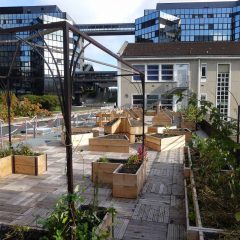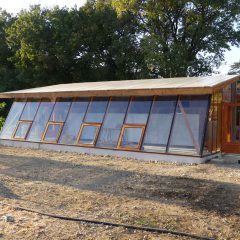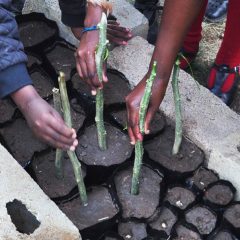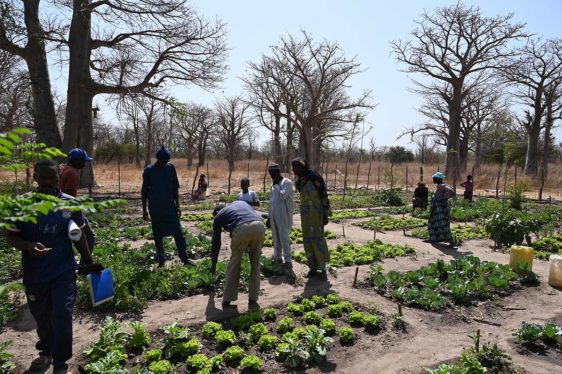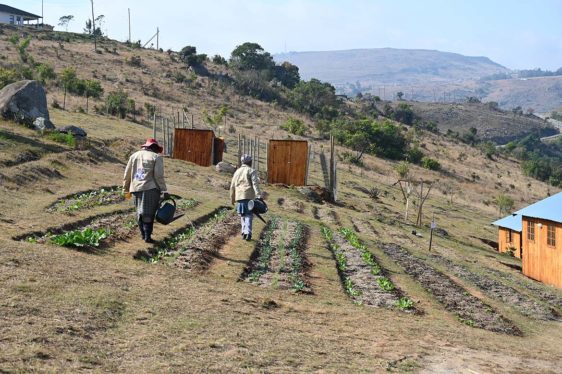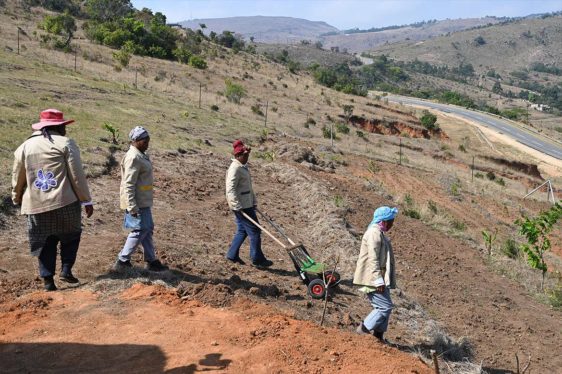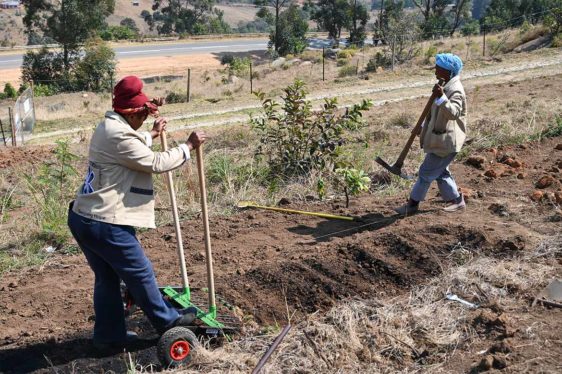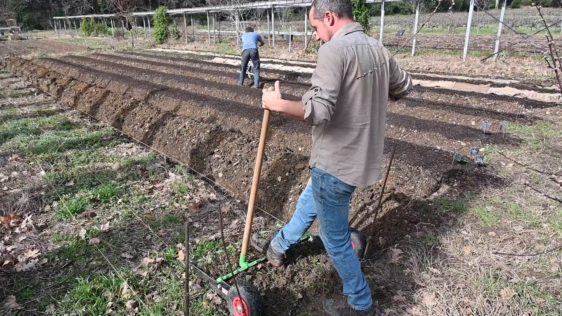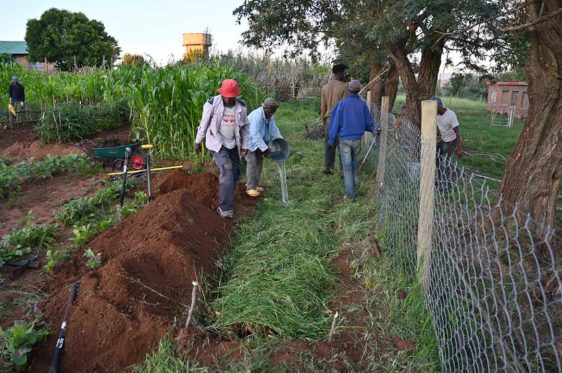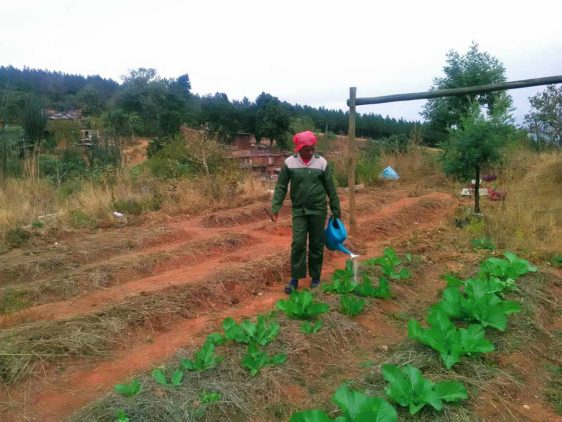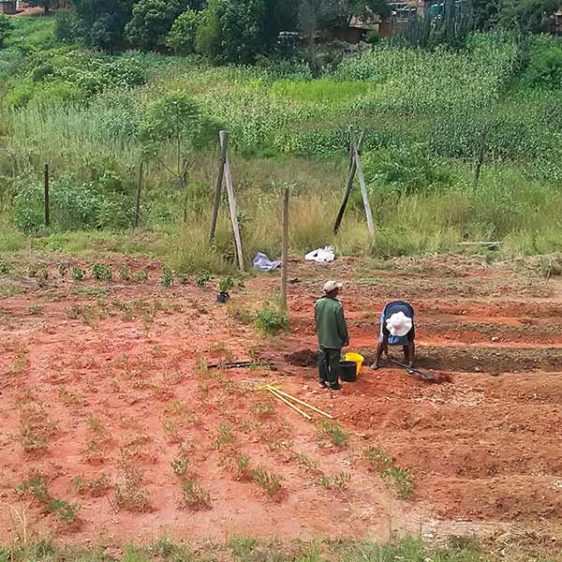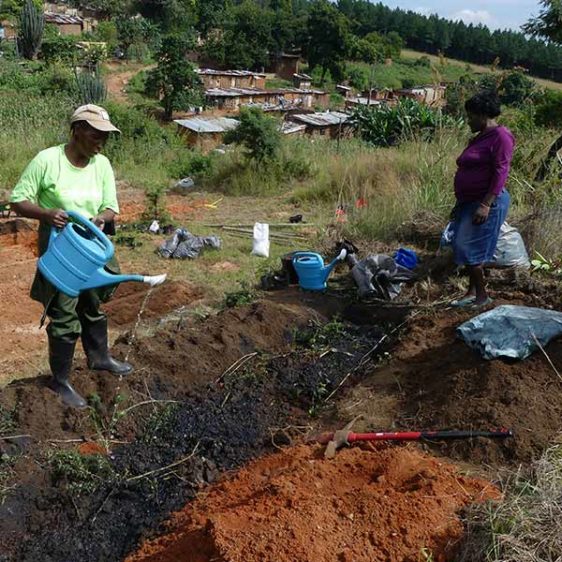Humus and soil fertility
When I look at a forest, I can see plants and trees growing naturally and profusely. So the land is very fertile, and without human intervention.
Plants need soil to grow, and the soil also needs plants and their roots to maintain themselves.
For example, if a forest is cut, the roots die and nothing retains the soil. This creates erosion, and the soil can be trapped by the rains causing landslides that are dangerous to humans.
This is why it is important to respect the vegetation and preserve forests.
Beneath the forest litter is the humus: it forms a black layer, similar to soil, moist and sticky, created and maintained by the decomposition of the organic matter, created by living beings and mainly by the combined action of animals, bacteria and soil fungi. Humus has a very recognizable smell of “undergrowth”. It is rich in nutrients and “mycorrhizae” which are a union between microscopic fungi and the roots of plants forming an excellent fertilizer for plants.
It is possible to reproduce the fertility of the humus by creating a raised bed by burying materials that will decompose, as in a forest.
We will first put first big branches that will decompose more slowly and hold the water, then we’ll have to put smaller branches, dry leaves and earth … We have to alternate materials containing nitrogen (eg cut grass) and carbon-containing materials (eg dry leaves). It is important to use as much as possible what is found around and which is considered as vegetable “waste”. This is why it is useful to have trees near the plantations.
These raised beds, sometimes called “permanent”, are very fertile and require little water and little maintenance. They create an ecological solution for all.


